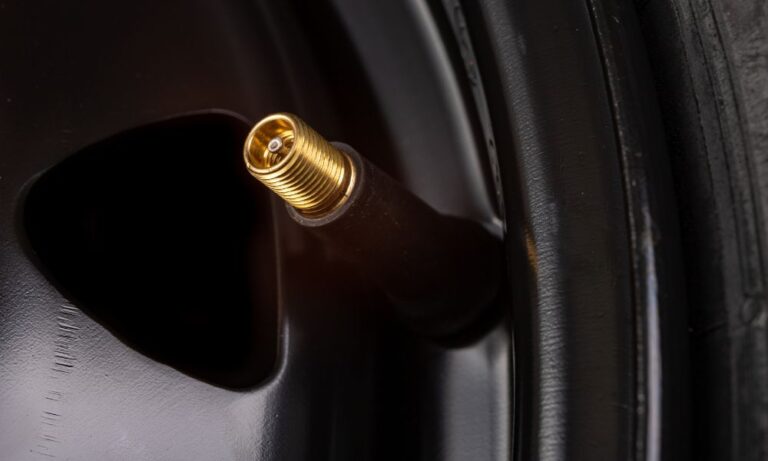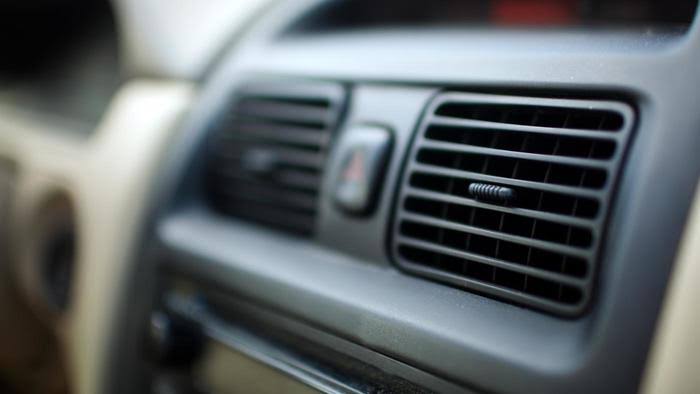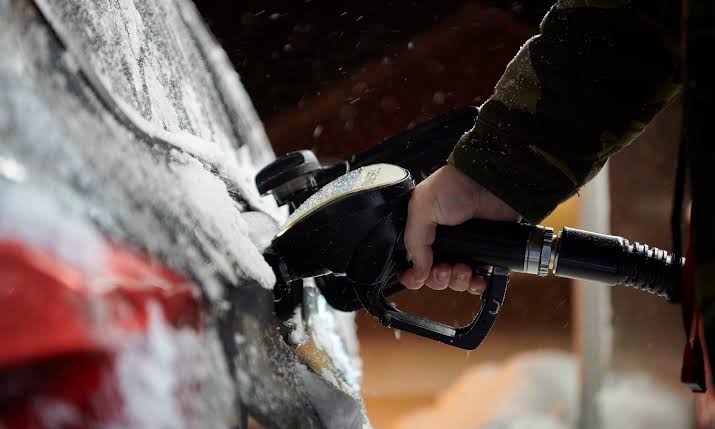Does Heat in Your Car Use Gas?

Yes, using the heat in your car does consume gasoline, but the amount is generally minimal compared to other components like the engine or air conditioning system.
How Car Heating Works
The heat in your car is produced by using the engine’s coolant system. Here’s how it works:
- When the engine runs, it generates heat. This heat is absorbed by the coolant fluid that circulates through the engine.
- The heated coolant flows to the heater core, which acts like a small radiator inside the cabin. The blower fan then pushes warm air into the car.
Since the car’s engine is running to power the vehicle, the heat you feel inside the car is not generated by additional fuel consumption but rather by the engine’s waste heat. Therefore, it doesn’t directly burn more gas to produce heat.
Impact on Fuel Consumption
Though the heater itself doesn’t burn extra fuel, there are some indirect effects:
- Increased Engine Load: Using the heater can slightly increase the load on the engine, especially during cold weather when the engine is working harder to warm up. However, the effect on fuel consumption is minimal and usually not noticeable in everyday driving.
- Defroster Use: In colder temperatures, using the defroster to clear the windshield might indirectly use more fuel. This is because the air conditioning system might be activated along with the heater to dehumidify the air inside the cabin. The air conditioning system does use extra fuel, but it’s a minor impact.
Conclusion
The heat in your car does use gas, but it doesn’t consume additional fuel like the engine or air conditioning system. It utilizes the engine’s existing heat to warm the cabin, which has a negligible impact on fuel economy. The biggest factor to watch for in fuel consumption during colder weather is the use of the defroster, which may slightly affect gas mileage. Overall, the heater is one of the less significant contributors to fuel consumption.
Also Check:





